
ARTICLES & BLOG
I GOT HIGH ON GRASS, WEED AND POT
It’s been tough times with many challenges, stresses and emotions to deal with. Some dealt with and some not so well. To help I have turned to grass, weed and pot. Here I share some of those experiences, insights and learning.
I GOT HIGH ON GRASS, WEED & POT
It’s been tough times with many challenges, stresses and emotions to deal with. Some dealt with well and some not so well. To help I have turned to grass, weed and pot. Here I share some of those experiences, insights and learning.
I am not talking about getting high on grass, weed or pot in the sense of drugs but about positive emotions from gardening and nature.
Grass
The grass is greener where you water it
Neil Barringham.
During Spring I took out the lawnmower and cut the lawn. Then many weeks passed and the grass grew and grew. Once again I took out the less than 1 year old lawnmower, set it to the lower setting to cut the grass very short and started to mow the lawn. The lawnmower was hard to push, struggled and did not make a lot of headway. Then it stopped working. Could it be the fuse, the socket, the extension lead, the lawnmower? I checked the lawnmower cord into the extension lead, that was fine. I checked the extension lead into the wall socket and that it was switched on - that was fine too. I plugged in another device in the wall socket to confirm socket was fine, did the same with the extension lead. They were all fine, so by process of elimination the problem was with the lawnmower or its cord/plug. Changing the fuse made no difference. Was the lawnmower still in warranty? Was it going to cost a fortune to solve?
I unplugged the lawnmower, turned it upside down and checked the blades etc. The long grass had got entwined around the blade spinner (hover mover) and stopped it from spinning. Slowly I removed all the strands that were wrapped around, plugged in the mower, and started it. The joyous sound of a whirling blade was heard. A few weeks later I cut the grass again on mid height setting and also used strimmer. So what were the lessons learned?
Lessons learned
If you try to cut too long a grass with too low a setting it won’t work. You have to tackle the challenge with the right setting. To be effective, the ability to produce and the capability of producing need to be on par. Too big a challenge without the correct ability will lead to failure.
When you have a big problem, break the problem down into smaller chunks and tackle each one to identify where the actual problem is.
Once you identify the problem establish if you can fix it yourself or need expert help
For maintaining a good lawn or anything else it requires regular attention /cutting/ routines at the appropriate frequency be that daily, weekly, monthly, quarterly or yearly.
Know which tool to use for which problem. If the only tool in your tool box is a hammer all your problems will look like nails. Use correct tools for the correct job, using the strimmer or hand shears to cut the long grass may not be the best approach. Using a spade would be the wrong tool for the job.
Stephen Covey 7th Habit : Sharpen the Saw - keep the saw sharp to do the job. Keep learning, investing and developing yourself.
Establishing, investigating and resolving the problem myself gave a satisfaction and affirmed my growth mindset and provided an entry for my happiness journal - I could have got a gardener to do the job. Where and when appropriate I get the correct help involved.
What is needed for Growth (Pot)?
What is needed for Growth?
.
When I Google to see what is need for growth, in particular plant growth the results shown vary from 4 to 7 things. The four things are best described with this acronym: LAWN
L = Light - Sunlight
A = Air - Carbon dioxide
W = Water - H20
N = Nutrients - Soil etc
The magic of photosynthesis in plants takes water (Carbon dioxide) + Water + Energy from light to transform it; using Chlorophyll; into food (glucose) and oxygen.
The additional items are : The right temperature, room to grow (space) and time - it is not overnight.
Similarly for our growth we need the right environment (air to breathe, water to hydrate, food for nutrients, people, etc), goals to grow towards (sunlight), space to grow - not be constrained or limited by our thinking, beliefs, fears and time. We often also need a catalyst like the Chlorophyll to create that growth transformation - this may be internal or external.
What makes the plant strong and build resilience is exposure to challenge - rain, wind, sun, insects, etc. Similarly challenge helps us grow and develop resilience. The plant if in a pot needs to be in the right size of the pot, as it outgrows the pot it should be re-potted into a bigger pot so it has space to grow. Likewise we need to move out of our comfort zone into a slightly bigger zone, grow and keep going. If we try to move out too far too fast, similar to a seedling being put into a very large pot it will struggle.
Strong, deep roots are needed.
Here is an interesting video shared by KarmaTube about how trees talk to each other thought their roots.
Gardening & Community Gardens
We might think we are nurturing our garden, but of course it’s our garden that is really nurturing us” -Jenny Uglow
Many thanks to Devi for sharing the above quote in the Happy Life Habits Community Facebook Group.
Being in nature and gardening have many beneficial effects. Some I have experienced when gardening, tree planting, working in a community garden or being in nature are relate to the happiness/health dimensions of Physical, Mental, Social/Emotional and Spiritual :
Connection
Community
Mindfulness, Present moment awareness
Focus, Distance from our troubles
Relaxation, Therapeutic
Nurturing growth
Working with our hands
Vitamin D
Noticing smells, the air and watching the wildlife
Reminded of what we sow is what we reap
Pruning - get rid of habits, beliefs and things that don’t serve us to allow space for those that do
The greenness and expanse of nature has a calming and awe inspiring effect. The colour green is relaxing hence in TV studios they have the green room used before people go on air. This article shares the benefits of gardening and being in greenery.
Martine Drake from Mind in Enfield & Barnet took part in the Happy Life Habits 30 Day Gratitude & Journal Habit Immersion Training Course. She runs a community garden and has this to share:
Results suggest that community gardens were perceived by gardeners to provide numerous health benefits, including improved access to food, improved nutrition, increased physical activity and improved mental health. Community gardens were also seen to promote social health and community cohesion.
From my experiences running the garden for Mind in Enfield and Barnet, we have seen increased physical activity (including from walking to and from the site) and improved mental health mainly from being with other people in an attractive environment.
Weed
Weeds take no effort to grow and they grow quickly.
They take nutrients away from plants/flowers.
Negative thoughts are like weeds. They are an energy drain.
We have to put in effort to remove them, take them out at the roots, plough the land (mind) and plant the seeds we want to nurture, feed, cultivate, blossom and bear fruit.
The world is on a negative bias and the work of Barbara Fredrickson on positive emotions shows that we need a ratio of 3:1 of positive emotions to negative to balance out the negative. Likewise for a wonderful bloom we need to plant many more flowers than weeds so there is hardly any room for the weeds to grow.
We have to actively remove the weeds/negative thoughts and cultivate the flowers/positivity we want to blossom, enjoy and share.
“Happiness held is the seed,
Happiness shared is the flower” - John Harrigan
A request dear friend and reader.
(1) If you have enjoyed some of the articles I have shared and found useful please reply to shaileen@happylifehabits.co.uk and let me know.
(2) If you are not a subscriber to the Happy Life Habits email list - please sign up.
(3) If you think someone else might benefit from this please share with them.
(4) If you want to engage my services for coaching, speaking or training get in touch and lets see if we can create a win-win result.
If you want to receive articles, information on events and support Happy Life Habits sign up to the join the email list.
Happy Life Habits FaceBook Community Group
Happy Life Habits FaceBook Page
LinkedIn https://www.linkedin.com/in/shaileen-shah/
Shaileen Shah is a Happiness Coach, Speaker and Trainer. Previously having been in finance technology for the investment banking arm of RBS during the RBS takeover of Natwest, the RBS takeover of ABN Ambro and the financial crisis he has experienced the challenges brought by uncertainty, change and stress. He is certified in The Science of Happiness and shares through Happy Life Habits. Happy Life Habits Positively Impacts Happiness & Well Being Levels by creatively and uniquely combining Personal Development + The Science of Happiness + Spirituality. A business for Good. For more information see HappyLifeHabits.co.uk
Happy Birthday - Time to Connect
I write this on the eve of turning 50. What to say? These birthday celebrations are way different from what we had in mind last year or even at the beginning of this year. We were making plans to have family from USA and Kenya come visit during the summer and arrange a few get togethers with both sides of the families - both in terms of mine and my wife’s as well as both in terms of my dad’s and mum’s side. This is a lot of people. The celebrations would be for my son turning 16, completing GCSE exams and me turning 50. With the pandemic issue we can’t have more than 6 people meet.
I remember before I turned 24, I had just started my first real job and career out of university. I was a junior consultant in a US based technology consulting firm. I had been to Cambridge, Massachusetts for month long orientation training. During one weekend we had driven to New York, the Big Apple. I was then back in the UK working on projects, work then had become quieter in the UK. During September they shipped a few of out to projects in the USA. I ended up in Lansing, Michigan for a good few weeks. One weekend we took off to Lake Michigan - more like am ocean than a lake. I ended up spending my birthday weekend driving with a friend to Toronto, Canada where he had his family. I was away from family and friends. Being with my friend and his family was fine but I felt alone and did not enjoy that birthday experience. I enjoy being around people, especially family and friends and I enjoy celebration birthdays. Happy Birthday - I has HAPPY in the phrase and it has Birth - Life, so a Happiness Coach calling his company Happy Life Habits loves celebrating birthdays be they his own or others.
I was reminded by Facebook of a post from a few years ago which is a real treasure and I share here which share the difference between a contact and connection.
A Monk of the RamaKrishna Mission was being interviewed by a journalist from NY.
Journalist - "Sir, in your last lecture, you told us about Jogajog (contact) & Sanjog (connection). It's really confusing. Can you explain ? "
The Monk smiled and apparently deviating from the question asked the journalist:
"Are you from New York?"
Journalist - "Yeh..."
Monk - "Who are there at home?”
The Journalist felt that the Monk was trying to avoid answering his question since this was a very personal and unwarranted question. Yet the journalist said: “Mother has expired. Father is there. Three brothers and one sister. All married..."
The Monk, with a smile on his face, asked again: “Do you talk to your father?"
The journalist looked visibly annoyed...
The Monk - “When did you talk to him last?"
The journalist, supressing his annoyance said: "May be a month ago."
The Monk: “Do you brothers and sisters meet often? When did you meet last as a family gathering?"
At this point, sweat appeared on the forehead of the journalist. Now who was conducting the interview, the Monk or the Journalist? It seemed that the Monk was interviewing the Journalist.
With a sigh, the Journalist said: “We met last at Christmas two years ago."
The Monk: “How many days did you all stay together ?"
The Journalist (wiping the sweat on his brow) said: “Three days..."
Monk: "How much time did you spend with your Father, sitting right beside him?"
The journalist looking perplexed and embarrassed and started scribbling something on a paper...
The Monk: "Did you have breakfast, lunch or dinner together? Did you ask how he was? Did you ask how his days are passing after your mother's death?"
Drops of tears coming out started to flow from the eyes of the journalist.
The Monk held the hand of the journalist and said: “Don't be embarrassed, upset or sad. I am sorry if I have hurt you unknowingly... But this is basically the answer to your question about "contact and connection (Jogajog and Sanjog)". You have 'contact' with your father but you don't have 'connection' with him. You are not connected to him. Connection is between heart and heart... sitting together, sharing meals and caring for each other ; touching, shaking hands, having eye contact, spending some time together...You brothers and sisters have 'contact' but you have no 'connection' with each other...."
The journalist wiped his eyes and said: "Thanks for teaching me a fine and unforgettable lesson"
This is the reality today. Whether at home or in the society everybody has lots of contacts but there is no connection. No communication... Everybody is in his or her own world.
Let us not maintain just "contacts" but let us remain "connected"; caring, sharing and spending time with all our dear ones.
*****
The Monk was none other than Swami Vivekananda
Lessons Learned at 50
There are many people who have come into my life, there are many mistakes made, lessons learned, many inspirers, many joyous moments and continue to do so. Some of these lessons relate to a few themes.
TIME is our most precious resource. We don’t know how much we have left so use it wisely.
CONNECTION is central to our existence. The much loved and shared Brene Brown quote says it all. Check out this awesome blog on connection.
We have 3 main relationships or connections:
with our self
with others
with our higher self, nature, universe, God
The Happy Life Habits logo is all about connection, it is a connected pieces of a jigsaw puzzle.
The below quote was share on HLH Community group when within a few days we developed the HLH Book Club. Thanks Mary T for inspiring it.
“‘Time is our most precious resource. We should not waste it. If it fits with my mission, serves, feels right, positively impacts, makes me smile, adds to the greater good, enthuses and inspires me and have the opportunity to be with wonderful like minded people - why wait? ”
Manage your TIME, ENERGY & ATTENTION
I am hoping to share sessions on this in 2021
HABITS OF THE HEART & SOUL : GRATITUDE, COMPASSION, KINDNESS, LOVE, FORGIVENESS, MINDFULNESS
return wonderful returns when developed - they are all about connection.
“Our life is made up of a series of moments. We live moment to moment. The more happy moments we can have and create the happier our life will be. ”
All the current Happy Life Habit projects and activities relate to these themes : The Happiness Boosters, The Gratitude Workshop, The Gratitude and Journal Habit Immersion Course, The HLH Book Club and the newly launched Inspiration Point. I look forward to connecting with you and being part of the Happy Life Habits Community with you.
Many thanks to all the attendees, participants, partners, supporters and sponsors.
With Love, Warmth, Gratitude and Kindness
Shaileen Shah - The Happiness Coach - 50 Years Old - still got a long way to go.
A request dear friend and reader.
(1) If you have enjoyed some of the articles I have shared and found useful please reply to shaileen@happylifehabits.co.uk and let me know.
(2) If you are not a subscriber to the Happy Life Habits email list - please sign up.
(3) If you think someone else might benefit from this please share with them.
(4) If you want to engage my services for coaching, speaking or training get in touch and lets see if we can create a win-win result.
If you want to receive articles, information on events and support Happy Life Habits sign up to the join the email list.
Happy Life Habits FaceBook Community Group
Happy Life Habits FaceBook Page
Shaileen Shah is a Happiness Coach, Speaker and Trainer. Previously having been in finance technology for the investment banking arm of RBS during the RBS takeover of Natwest, the RBS takeover of ABN Ambro and the financial crisis he has experienced the challenges brought by uncertainty, change and stress. He is certified in The Science of Happiness and shares through Happy Life Habits. Happy Life Habits Positively Impacts Happiness & Well Being Levels by creatively and uniquely combining Personal Development + The Science of Happiness + Spirituality. A business for Good; supporting the UNs Sustainable Development Goals. For more information see HappyLifeHabits.co.uk.
To Be or Not to Be? – That is the question or is it a choice? Be a Caterpillar, Become a Butterfly
This article is about learning, change growth, development and transformation.
This article is about learning, change growth, development and transformation.
“Until you value yourself you will not value your time. Until you value your time, you will not do anything with it. ”
The Success People Vs Unsuccessful people graphic I remember seeing many years ago, I loved it the moment I saw it and printed a few colour copies and had put up in bedroom and books. Does not need any more comment. Have a read and see what resonates and where gaps are for you.
Not sure of source - had seen many years ago
“We know what we are, but know not what we may be.”
This fabulous video from Master Shi Heng Yi sharing about Self Mastery is steeped with so much wisdom and insight. I have watched a few times and each time gained something. It really resonates with me and I see connection to my faith and spiritual path.
“To Be or Not to Be? – That is a question or is it a choice?
Be a Caterpillar, Become a Butterfly
By a Wanna Be Butterfly Shaileen Shah 26 Sep 2017
Dedicated to all the teachers and inspirers past, present and future; who have guided us to make this world better by making ourselves better. Lessons, values, guidelines, way of living learnt through family, friends, films, books, seminars, workshops, talks, teachers, TED talks, newsletters, articles, blogs, conversations and ponderings.
Behind you lies the past
Before you awaits the future
Be present, be here, now
Be blissful, joyful, happy and peaceful
Be conscious, conscientious, insightful and natural
Be energetic, be moving, be moved and be still
Be a seeker, aspirer, Divine, graceful and of service
Be wholesome, authentic, an observer and a witness
Be grateful, humble, generous and giving
Be charitable, donor, giver and receiver
Be compassionate, kind, caring and loving
Be forgiving, honest, straightforward and content
Be awake, alive, awesome, extraordinary and wonderful
Be careful, respectful, carefree and tolerant
Be a follower, leader, trailblazer and a guide
Be on The Path, be off the beaten track
Be the light, beacon, role model and mentor
Be a teacher, student, learning, teachable and sharer
Be growing, nurturing, developing and blossoming
Be listening, consoling, be consultative, and approachable
Be flexible, adaptable, open and perspective shifting
Be encouraging, supportive, dependable and helpful
Be proactive, responsible, accountable and resourceful
Be cooperative, patient, synergistic and part of the solution
Be going the extra mile, adding value, not giving up and keep moving forward
Be positive, enthusiastic, insightful and optimistic
Be focussed, steadfast, persistent, grounded and centred
Be brave, courageous, bold and fearless
Be creative, imaginative, visionary, daring and clear
Be connected, a team player, performer and game changer
Be prepared, planned, ready, organised and spontaneous
Be engaging, gregarious, humorous and funny
Be hospitable, welcoming, warm and big hearted
Be trustworthy, trusting, loyal, complete and full of integrity
Be mindful, aware, attentive, tuned in and be there
Be inquisitive, curious, and adventurous
Be healthy, wealthy and wise
Be better today than you were yesterday
Believe in yourself, have faith and move mountains
Be reflective, contemplative, introspective and meditative
Be the change, be transformative, evolving and a catalyst
Be the best that you can be, a masterpiece, unique and special
Be yourself, realise your potential and be free
Be a caterpillar, become a butterfly
Too busy to just be?
Be reminded it is a choice to be or not to be
Just Be.
”
A request dear friend and reader.
(1) If you have enjoyed some of the articles I have shared and found useful please reply to shaileen@happylifehabits.co.uk and let me know.
(2) If you are not a subscriber to the Happy Life Habits email list - please sign up.
(3) If you think someone else might benefit from this please share with them.
(4) If you want to engage my services for coaching, speaking or training get in touch and lets see if we can create a win-win result.
If you want to receive articles, information on events and support Happy Life Habits sign up to the join the email list.
Happy Life Habits FaceBook Community Group
Happy Life Habits FaceBook Page
Happy Life Habits WhatsApp Group
Shaileen Shah is a Happiness Coach, Speaker and Trainer. Previously having been in finance technology for the investment banking arm of RBS during the RBS takeover of Natwest, the RBS takeover of ABN Ambro and the financial crisis he has experienced the challenges brought by uncertainty, change and stress. He is certified in The Science of Happiness and shares through Happy Life Habits. Happy Life Habits Positively Impacts Happiness & Well Being Levels by creatively and uniquely combining Personal Development + The Science of Happiness + Spirituality. A business for Good; supporting the UNs Sustainable Development Goals. For more information see HappyLifeHabits.co.uk.
LOCK DOWN LAB: LIFE BY DESIGN - YOU THE ARCHITECT
This and the few related articles are about the golden opportunity we have for learning, change growth, development and transformation. Moving from a caterpillar to being in a cocoon to become a butterfly. They blend ideas and snippets on needs, mindsets, zones and actions from Stephen Covey, Tony Robbins, Abraham Maslow, Carol Dweck, Nelson Mandela, Robin Sharma, Forrest Gump and a few others.
This one looks at the idea of a Lockdown Lab and moving from a zone of fear to learning to growth and to contribution.
This and the few related articles are about the golden opportunity we have for learning, change growth, development and transformation. Moving from a caterpillar to being in a cocoon to become a butterfly. They blend ideas and snippets on needs, mindsets, zones and actions from Stephen Covey, Tony Robbins, Abraham Maslow, Carol Dweck, Nelson Mandela, Robin Sharma, Forrest Gump and a few others.
IT TAKES 21 DAYS TO CREATE A HABIT,90 DAYS TO CREATE A LIFESTYLE
LOCKDOWN LAB
Many of us have we have already had 21 days of lock down and another few weeks are in progress and there could be many more weeks. This is a golden opportunity to step out of our comfort zone and grow. This is the cocoon phase of a caterpillar becoming a butterfly. An incubation/transformation period. We have an explorative lab where we are both the subject of that lab as well as the experimenter. We are both the architect and the product of the design. We can come out at the other end, when ever that will be, as a better, improved, more resilience, capable, productive, effective, compassionate version of ourselves or we can choose to maintain the status quo and stay as just it. We can choose to improve areas of our physical, mental, social/emotional and spiritual dimensions. This great little video by Jean-Pierre De Villers (JPDV) is about Being Like Nelson Mandela shares how Nelson Mandela was in prison for 27 years (we are in lock down for a few weeks or months, hopefully not years!). He shares
“I wasn’t in prison, I was preparing” - Nelson Mandela
What can you prepare for during the time in lock down? JPDV also shares a focus on Contribution Vs Consumption and about showing up in love, gratitude and service.
The graphic shows some of the potential zones we can operate from and spend time in during a crisis/challenge such as COVID-19. As I was writing about comfort zones I found some more graphics which this one is based upon and adapted from where the far left circle “Who do I want to be during COVID-19” actually says “Comfort Zone”.
We can choose to be in the fear zone and express the behaviours that are fed by fear including complaining and victim mode. This is a very reactive zone. We all probably spent some time in that zone when the pandemic broke out where we were. How long we spend there is our choice and some will spend most of the pandemic time / lock down period there while others will choose to transition to the learning zone. In the learning zone we observe, reflect, think contemplate, seek reliable information and make choices on how we want to respond. In continuing to do this we step into the growth zone where we have expanded our knowledge, skills, attitude, capabilities and impact. We have expanded our comfort zone, we have made it grow. The learning and growth zones are where we are choosing our response. We are becoming more. Personally, I would split the growth zone and move some of the items from there to the zone of contribution/service.
I don’t have any medical qualifications, not even a scouts badge for first aid (might be to do with the fact I never went to the scouts!) or any training in neuroscience. However, how the brain works, the potential we have and how we learn has fascinated me for a long time hence my interest in Neuro Linguistic Programming (NLP), accelerated learning, habits, emotions, behaviour, psychology and such like areas. Here I share what I have understood, caveat, it may not be medically accurate! What I have understood is that the theory about different parts of the brain have different functions. Brain functions are complex and some of the models describe that we have the left (logic, reasoning, intelligence etc) and right (creative, emotion, intuition etc) sides as well as another model about the 3 brains: (1) The Reptilian (housekeeping) , (2) Mammalian/Limbic (Emotion) and (3) the NeoCortex (thinking/reasoning). The Amygdala, a part of the brain in the Limbic brain has a key role in fear response, our survival mechanism / threat /stress system to instigate our fight, flight or freeze response to a situation. It sends a distress signal to the hypthalamus in a chain of reactions that result in the release of hormones cortisol and adrenaline. These are part of our stress response. What happens is that anything such as a loud noise, an unfamiliar object or situation can activate the threat system and release these stress hormones getting us ready at a perceived threat which may not actually be a threat. We keep doing this and not dissipate the stress chemicals we will suffer prolonged stress and all associated with it such as anxiety, worry, sleep disorder, food disorder, chronic pain, depression, lack of connectivity etc. What we want to do is learn practices that help shift control to the neocortex the thinking /reasoning brain to actually assess and decide if it is a real threat. If it is a threat the neocortex can give control to the limbic brain and the Amygdala and let them do their stuff. If it is not a real immediate threat no need to be anxious, fearful or releasing the stress hormones. Instead it can focus on a response as opposed to a reaction.
Source Swissotel Hotel and Resorts
With learning and practices such as mindfulness, meditation, gratitude and such what we are doing is move control to the neocortex to choose a response. We are moving from the Fear Zone to Learning, Growth and Contribution Zones. In short we are using the higher capacities of the evolved brain. Moving from reflex reaction to choosing response. Taking more control of our circumstances as opposed to the circumstances controlling us.
Robin Sharma in Winning in Hard Times shares lots of great ideas for both personal and business. He shares:
Heroes are built in times of storm
The old must fall away for something better to be created
Enjoy the world but don’t be of the world
He cites that Churchill became Churchill, Nelson Mandela become Nelson Mandela, Rosa Parks become Rosa Parks, Martin Luther King become Martin Luther King and Gandhi became Gandhi when they dealt with and overcame an adversity or challenge. That challenge gave them the opportunity to grow and become who they became. They did not act as victims but instead saw opportunity. The Lock Down is an opportunity, it is a reset a reboot. Focus on developing character, skills, qualities and habits. It is the Quadrant II (QII) area of Habit 3 First Things First from the 7 Habits of Highly Effective People. The stuff that is important but not urgent; what we often struggle to create time to do as we are so busy on urgent (but maybe not important things); the QII space for reflection, planning, values review and asking and contemplating the big questions.
"Unlike your fingerprints that you are born with and can’t change, character is something that you create within yourself and must take responsibility for changing." - Jim Rohn
“Making space for growth.
I was sitting on my balcony one recent morning, enjoying a cup of tea, when I looked over at our jasmine plant and realized that it hadn’t yet flowered this season.
The leaves had been reddish brown since the winter, but they hadn’t fallen. I don’t have much of a green thumb, but something felt off. So last week I decided to prune the plant, carefully removing all the non-green leaves.
The next day I came outside and there were already a dozen new sprouting leaves. The day after that, I glimpsed a handful of teeny-tiny flower buds.
This whole time I was waiting for the jasmine plant to flower, I was wondering what more it needed — more fertilizer, more water, or perhaps more sun. Turns out, the only thing holding it back from growing was its past self.
It made me wonder — how much of our growth relies on first trimming what no longer serves us?
What do we need to release so that we can flourish in the next season?
What if we were to prune all the preconceived notions of who we are?
All the regrets of the past and the anxieties about the future.
All the outside influences telling us who we should be.
The pride, the ego, the baggage — snipping and letting these things fall away.
What new season of life can we step into after we make space for our own growth?”
WHAT WILL YOU CHOOSE TO DESIGN & CREATE?
RESOURCES
Great article by Greater Good Science Centre on daily checklist questions to ask yourself during quarantine. The questions we ask help us focus, and decisions determine our destiny.
How To Not Go Crazy Under Quarantine Charles Duhigg Podcast (The Power of Habit).
A request dear friend and reader.
(1) If you have enjoyed some of the articles I have shared and found useful please reply to shaileen@happylifehabits.co.uk and let me know.
(2) If you are not a subscriber to the Happy Life Habits email list - please sign up.
(3) If you think someone else might benefit from this please share with them.
(4) If you want to engage my services for coaching, speaking or training get in touch and lets see if we can create a win-win result.
If you want to receive articles, information on events and support Happy Life Habits sign up to the join the email list.
Happy Life Habits FaceBook Community Group
Happy Life Habits FaceBook Page
Happy Life Habits WhatsApp Group
Shaileen Shah is a Happiness Coach, Speaker and Trainer. Previously having been in finance technology for the investment banking arm of RBS during the RBS takeover of Natwest, the RBS takeover of ABN Ambro and the financial crisis he has experienced the challenges brought by uncertainty, change and stress. He is certified in The Science of Happiness and shares through Happy Life Habits. Happy Life Habits Positively Impacts Happiness & Well Being Levels by creatively and uniquely combining Personal Development + The Science of Happiness + Spirituality. A business for Good; supporting the UNs Sustainable Development Goals. For more information see HappyLifeHabits.co.uk.
MOANS & ZONES: BOREDER Vs BORDER
This and the few related articles are about the golden opportunity we have for learning, change growth, development and transformation. Moving from a caterpillar to being in a cocoon to become a butterfly. They blend ideas and snippets on needs, mindsets, zones and actions from Stephen Covey, Tony Robbins, Abraham Maslow, Carol Dweck, Nelson Mandela, Robin Sharma, Forrest Gump and a few others.
This one is about fixed and growth mindsets, comfort zones, support and challenge.
This and the few related articles are about the golden opportunity we have for learning, change growth, development and transformation. Moving from a caterpillar to being in a cocoon to become a butterfly. They blend ideas and snippets on needs, mindsets, zones and actions from Stephen Covey, Tony Robbins, Abraham Maslow, Carol Dweck, Nelson Mandela, Robin Sharma, Forrest Gump and a few others.
MINDSETS : FIXED VS GROWTH
“My momma always said, ‘
Life is like a box of chocolates.
You never know what you’re gonna get’.” - Forrest Gump
“My momma always said, ‘Life is like a box of chocolates. You never know what you’re gonna get’” Forrest Gump
Relating to the comfort zone concept, Carol Dweck, a researcher in the field of motivation and author of the book mindsets shares ideas about a Fixed Mindset and a Growth Mindset. A person with fixed mindset is set in their ways and feels can’t change while a person with a growth mindset believes in possibility and progress. They believe in the 7th Habit of Sharpen the Saw, Self Renewal.
In a fixed mindset students believe their basic abilities, their intelligence, their talents, are just fixed traits. They have a certain amount and that's that, and then their goal becomes to look smart all the time and never look dumb. In a growth mindset students understand that their talents and abilities can be developed through effort, good teaching and persistence. They don't necessarily think everyone's the same or anyone can be Einstein, but they believe everyone can get smarter if they work at it.
— Carol Dweck, Stanford University
This is shared in the TED Talk The Power of Believing that you can Improve where the idea of the grade NOT YET is explained and understood that we are on a learning curve. The process and the effort is praised and encouraged rather than the end result, this helps move out of the comfort zone and create new neural connections.
I recently watched Forrest Gump after a long break of last watching it (having watched it a gazzilion times in the past). The movie has so many wonderful messages and stories. What leapt out on this recent viewing was that Forrest had a Growth Mindset which had been nurtured by his mum early in his life and helped him deal with a variety of adversities and challenges.
It let him become the best in many of the endeavours he undertook be that college football, Vietnam army soldier, ping pong champion, Bubba Gump shrimping or running long distances to name but a few. I really recommend that you watch the film again very soon. Again as writing this piece I discovered that Forrest Gump and Growth Mindset has been explored in this article The Lessons of Growth Mindset and The Forrest Gump Movie.
ZONES : COMFORT, FEAR, LEARNING, GROWTH
Relax, sit back, sit comfortably as we look at comfort zones. This concept has served me well and helped make sense of many experiences as well as take opportunities. The comfort zone is where we have control, certainty and feel safe. Where know and control what happens in this zone it where where we are content, happy and can be bored. Just outside the comfort zone are things that make use anxious, feel fear, uncertainty and be uncomfortable. We often don’t want to step outside the comfort zone and feel those things. However sometimes a situation occurs which either forces us or makes us choose to step out into the unknown.. This may be a pandemic, job loss, death, illness, opportunity of a new role, parenthood, new hobby, new friends/partners, winning the lottery, roller coaster ride, bungee jump - you get the idea. Often we will initially feel fear, nervous, anxious due to the unknown, uncertainty due to our safety mechanisms . Sometimes we may initially feel or switch to excitement, adventure, enthusiasm. What I have been told is that feeling nervous or excited occur in the same parts of the brain and release the same chemicals into our body, it is in one sense the same feeling but our representation, thoughts or meaning we give it makes it be nervousness or excitement. So on occasion when we feel nervous we could re-frame it as excitement and be at a better energy level and resourceful state. I sometimes do this before a workshop or talk when I am feeling initially nervous.
When we step out of comfort zone by a little bit, work through the fear to learn and grow we expand out comfort zone. We keep doing this and slowly but surely we keep expanding and growing. If we are caused to or choose to step out too far from our comfort zone then we risk feelings of overwhelm, not able to cope, stress and we can snap. Too much is being asked of our capabilities. To be able to deal with things way outside our comfort zone we need to develop our mindset, skill set and tool set as well as support systems. Without one or more of these we may be too stretched - a step or more too far can then cause hurt and harm (self esteem, confidence, belief, mental health etc).
OUR GROWTH IS AT THE BORDER OF SUPPORT AND CHALLENGE
To much support and not enough challenge we get lazy, bored , let others do it, do not learn, we don’t grow. Too much challenge and not enough support we break, snap, meltdown. The combination of both support and challenge has to be just right to lead to growth. This is an important consideration for parents, carers, teachers, managers and trainers. The caterpillar to butterfly story shares an example of too much support.
There is the story of a young boy who saw a caterpillar spin a cocoon. He watched it for weeks and one day noticed a small opening in the cocoon shell. He could the caterpillar working its way to get out, it was struggling. In his innocence to be helpful and not knowing any different he decided to help the caterpillar by breaking the cocoon open for it. The caterpillar emerged as a deformed butterfly with a fat body, deformed wings and not to its true potential or being. Not able to fully fly or live as the butterfly it should be it soon after died. The boy did not know that for the caterpillar to become a fully fledged and functioning butterfly it had to face the challenge itself to break open the cocoon thereby pushing the liquid its body throughout its legs and also into its wings to form the wings. It had to go through the transformation.
Like and elastic band we need to be flexible and stretch to the correct amount to be effective and useful. To little stretch the elastic band can’t do its function, too much stretch and it snaps and breaks.
Fear, Learning and Growth Zones is shared in the next article.
I’ve been observing and applying some of these ideas as I prepare to share a session by FaceBook Live - a new experience for me.
And that’s all I have to say about that!
A request dear friend and reader.
(1) If you have enjoyed some of the articles I have shared and found useful please reply to shaileen@happylifehabits.co.uk and let me know.
(2) If you are not a subscriber to the Happy Life Habits email list - please sign up.
(3) If you want to engage my services for coaching, speaking or training get in touch and lets see if we can work a win-win result.
(4) If you think someone else might benefit from this please share with them.
If you want to receive articles, information on events and support Happy Life Habits sign up to the join the email list.
Happy Life Habits FaceBook Community Group
Happy Life Habits FaceBook Page
Happy Life Habits WhatsApp Group
Shaileen Shah is a Happiness Coach, Speaker and Trainer. Previously having been in finance technology for the investment banking arm of RBS during the RBS takeover of Natwest, the RBS takeover of ABN Ambro and the financial crisis he has experienced the challenges brought by uncertainty, change and stress. He is certified in The Science of Happiness and shares through Happy Life Habits. Happy Life Habits Positively Impacts Happiness & Well Being Levels by creatively and uniquely combining Personal Development + The Science of Happiness + Spirituality. A business for Good; supporting the UNs Sustainable Development Goals. For more information see HappyLifeHabits.co.uk.
[SH]IT HAPPENS!
This article (is on stimulus/response and needs) and a few articles are about the golden opportunity we have for learning, change growth, development and transformation. Moving from a caterpillar to being in a cocoon to become a butterfly. They blend ideas and snippets on needs, mindsets, zones and actions from Stephen Covey, Tony Robbins, Abraham Maslow, Carol Dweck, Nelson Mandela, Robin Sharma, Forrest Gump and a few others.
This article (is on stimulus/response and needs) and a few articles are about the golden opportunity we have for learning, change growth, development and transformation. Moving from a caterpillar to being in a cocoon to become a butterfly. They blend ideas and snippets on needs, mindsets, zones and actions from Stephen Covey, Tony Robbins, Abraham Maslow, Carol Dweck, Nelson Mandela, Robin Sharma, Forrest Gump and a few others.
STIMULUS AND RESPONSE
In living our life things happen, sometimes good, sometimes bad, that is based on our perception. The bottom line is IT HAPPENS.
Stephen Covey shares how one of the most profound and truly life changing experiences of his life - one conceptually fundamental to his work on the 7 Habits was when in a meditative and reflective state he read the following three sentences in a book.
BETWEEN STIMULUS AND RESPONSE THERE IS A SPACE.
IN THAT SPACE LIES OUR FREEDOM AND POWER TO CHOOSE OUR RESPONSE.
IN THOSE CHOICES LIES OUR GROWTH AND OUR HAPPINESS.
STIMULUS AND RESPONSE - OUR FREEDOM TO CHOOSE
When we have a stimulus be that a situation, challenge, confrontation, opportunity, conversation or an interaction we often respond or more accurately sometimes react with a reflex action. That may be harsh words, anger, compassion, love, violence in our thoughts, words and actions. We often react as opposed to choosing a response. With practice, reflection, awareness and effort we can choose our response. We can learn and grow to habitualise a more empowering response.
For many of us the current stimulus is the pandemic, Covid-19, the lock down. What is our response? How do we choose respond or did we react?
NEEDS
THE 6 HUMAN NEEDS
In the TED Talk by Tony Robbins, Peak Performance Coach, on Why we do what we do he shares the 6 humans needs. 4 are related to Personality and 2 to Spirit. These needs drive our behaviour. We can have these 6 needs but one is likely to be more dominant. The 6 Human needs are depicted in the image below.
The 6 Human Needs
Tony shares about the difference between lack of resources and being resourceful. He shares 3 questions to ask ourselves to be more resourceful:
What are you going to focus on?
What does it mean?
What are you going to do?
“DECISIONS SHAPE OUR DESTINY”
MASLOWS HIERACHY OF NEEDS : DEFICIENCY AND GROWTH
Many of the 6 Human Needs shared by Tony correlate with Abraham Maslow’s Heirachy of Needs.
In the journal Scientific American, an article by Scott Barry Kaufman titled: Beautiful Minds: Choose Growth shares how the needs can be grouped into 2 main classes which must be integrated for wholeness:
Deficiency/Defense Needs - often related to fears, anxieties
Growth Needs - more related to acceptance and love
by Steve Webber https://www.interiorsandsources.com/article-details/articleid/22727/title/maslow-hierarchy-design-architecture-impacts
““One can choose to go back toward safety or forward toward growth. Growth must be chosen again and again; fear must be overcome again and again””
4 DIMENSIONS OF A HUMAN
These again map onto the 4 Dimensions of a Human I have referred to in previous articles:
Physical,
Mental,
Social/Emotional and
Spiritual
Covey shares that these map onto the needs to : to Live, to Love, to Learn and to leave a Legacy.
Robin Sharma refers to these as the 4 Interior Empires : MindSet, HeartSet, HealthSet and SoulSet.
We look after these needs, develop ourselves in the different needs then we live a meaningful, fulfilling, happy life. If one or more is missing or not looked after we have disconnect, discontentment and feel unfulfilled and out of balance.
A request dear friend and reader.
(1) If you have enjoyed some of the articles I have shared and found useful please reply to shaileen@happylifehabits.co.uk and let me know.
(2) If you are not a subscriber to the Happy Life Habits email list - please sign up.
(3) If you think someone else might benefit from this please share with them.
If you want to receive articles, information on events and support Happy Life Habits sign up to the join the email list.
Happy Life Habits FaceBook Community Group
Happy Life Habits FaceBook Page
Happy Life Habits WhatsApp Group
Shaileen Shah is a Happiness Coach, Speaker and Trainer. Previously having been in finance technology for the investment banking arm of RBS during the RBS takeover of Natwest, the RBS takeover of ABN Ambro and the financial crisis he has experienced the challenges brought by uncertainty, change and stress. He is certified in The Science of Happiness and shares through Happy Life Habits. Happy Life Habits Positively Impacts Happiness & Well Being Levels by creatively and uniquely combining Personal Development + The Science of Happiness + Spirituality. A business for Good; supporting the UNs Sustainable Development Goals. For more information see HappyLifeHabits.co.uk.
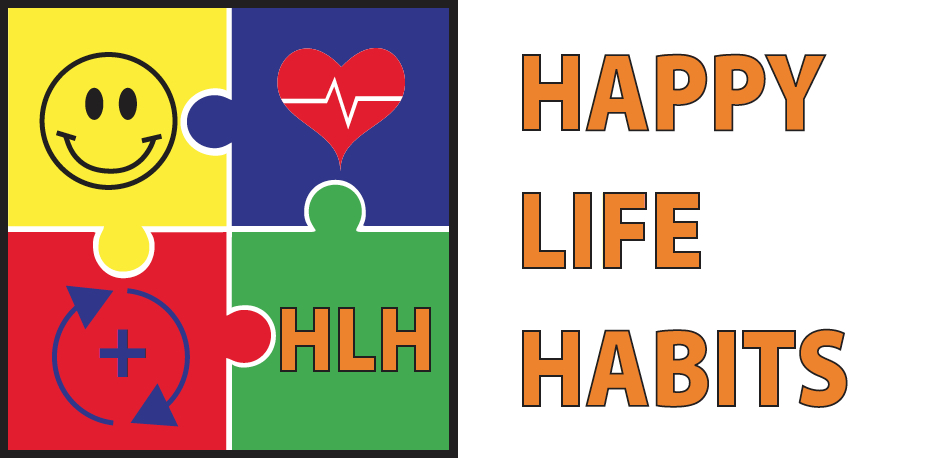





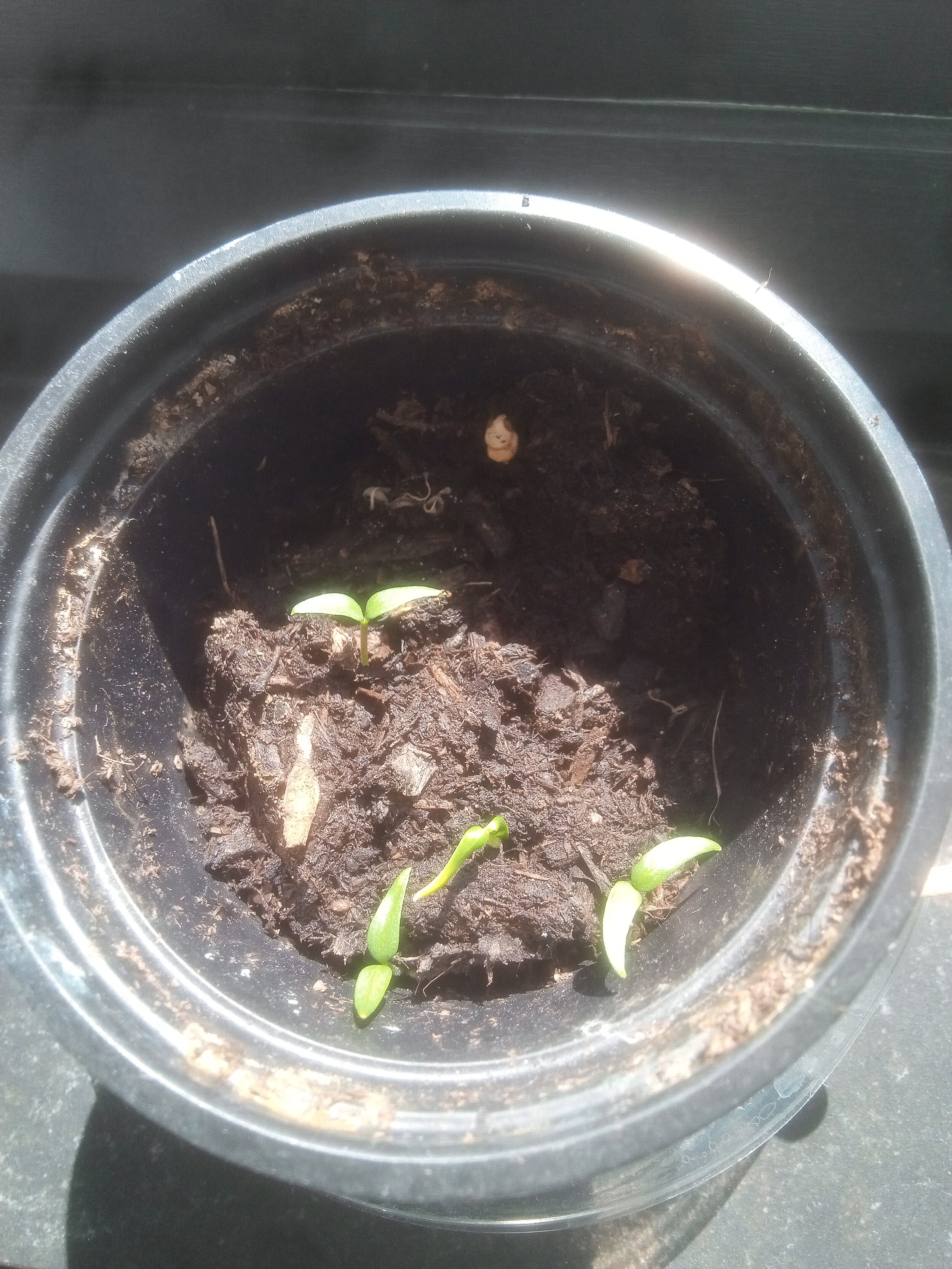
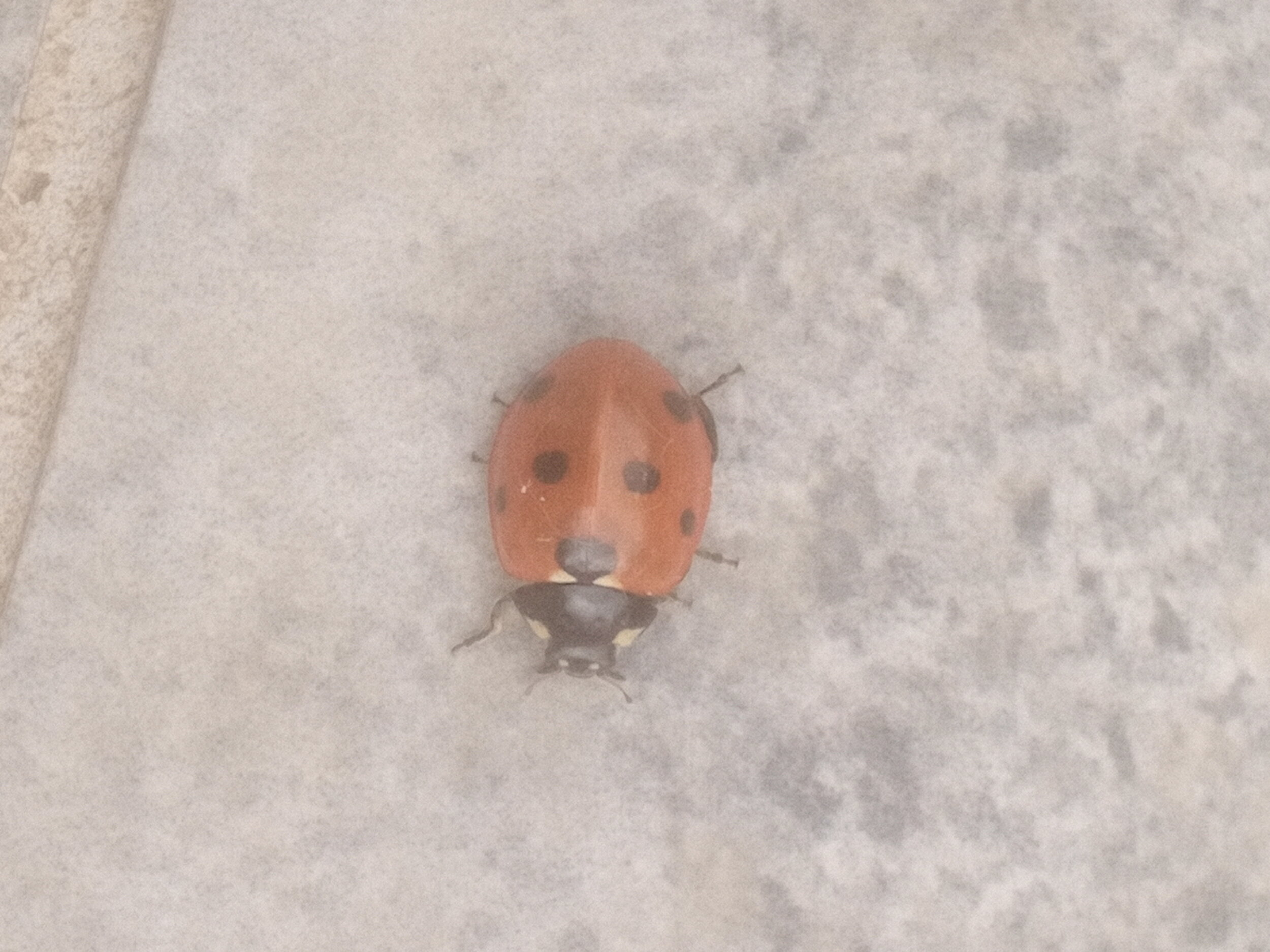
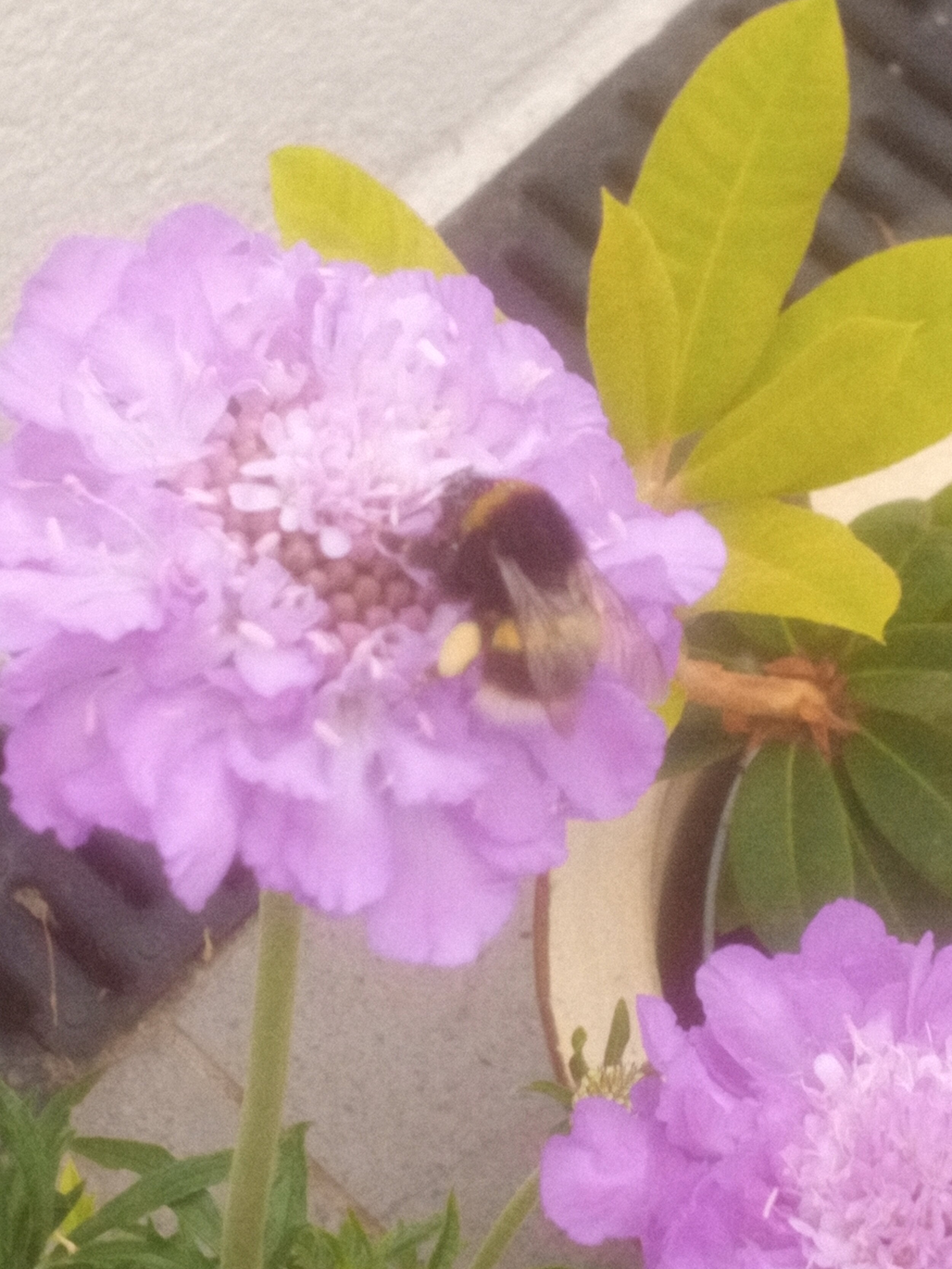
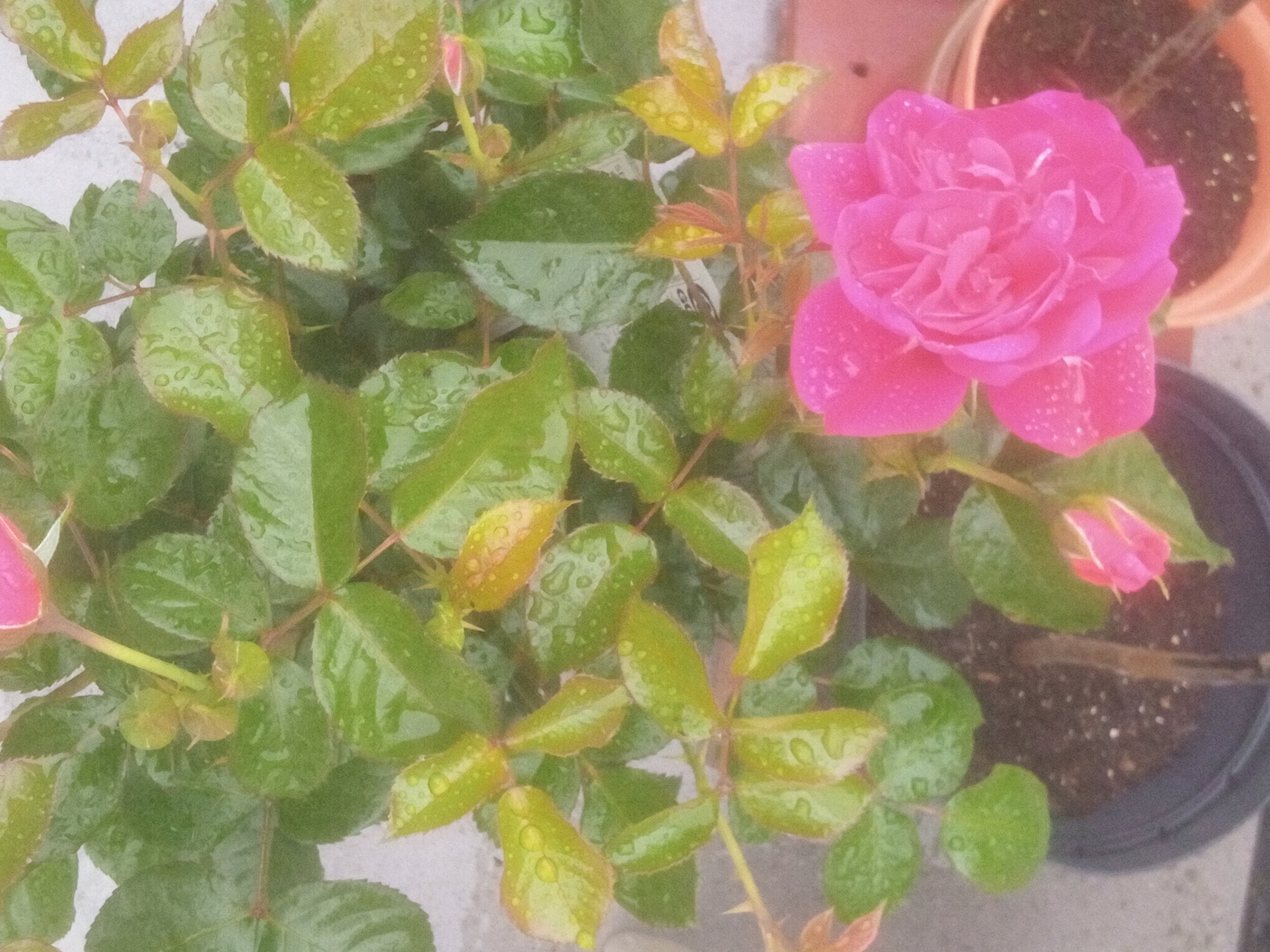
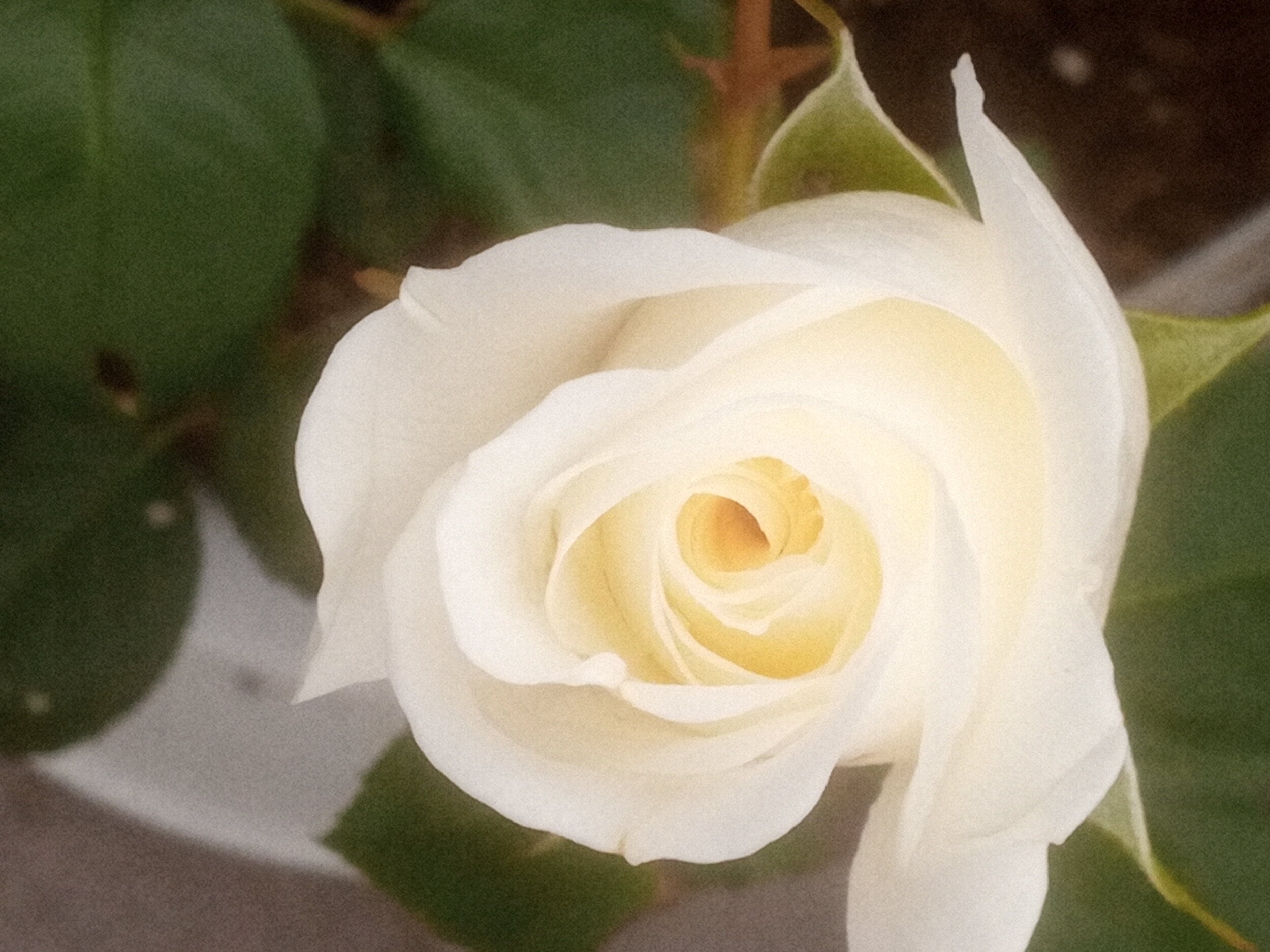
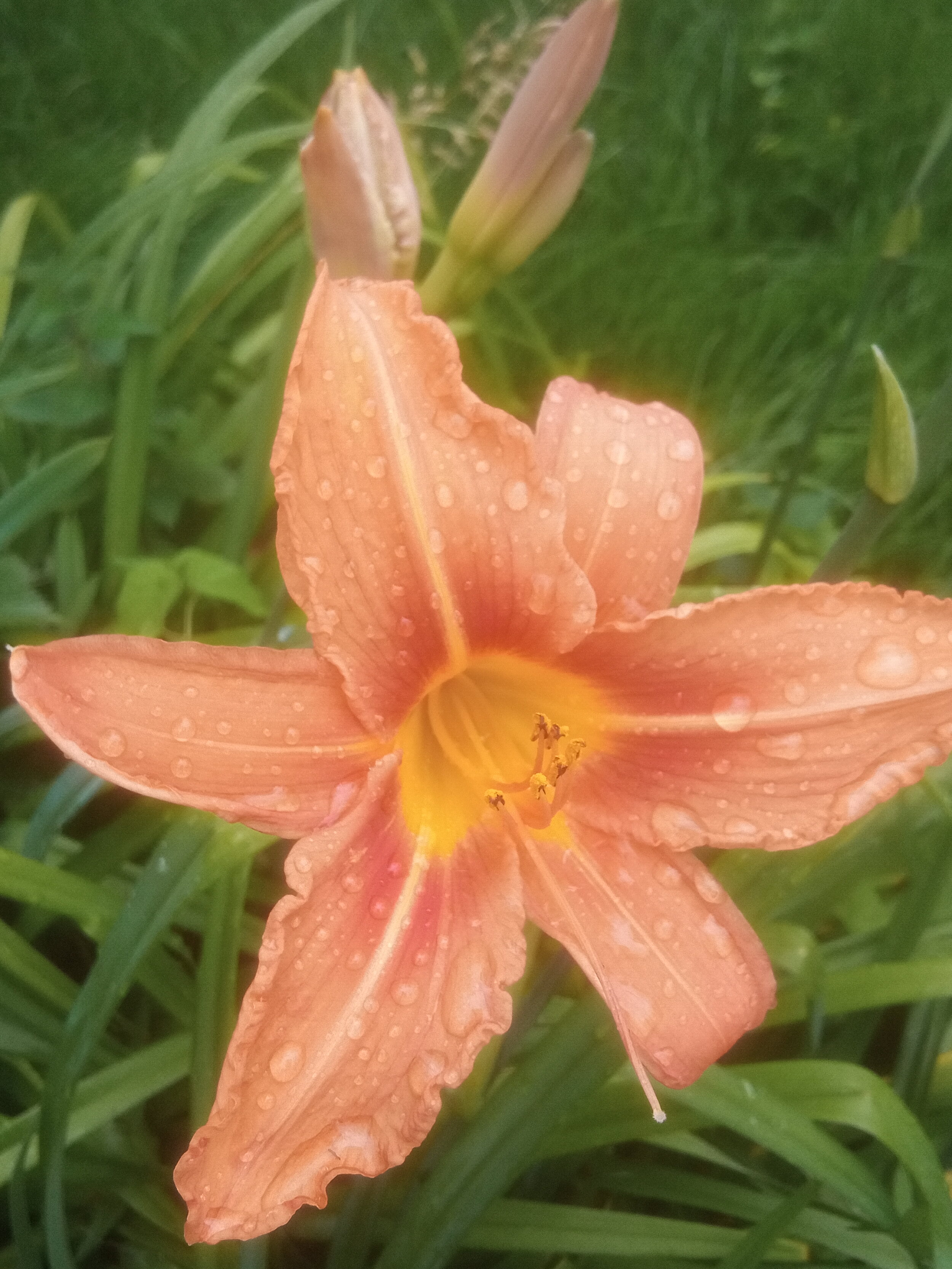
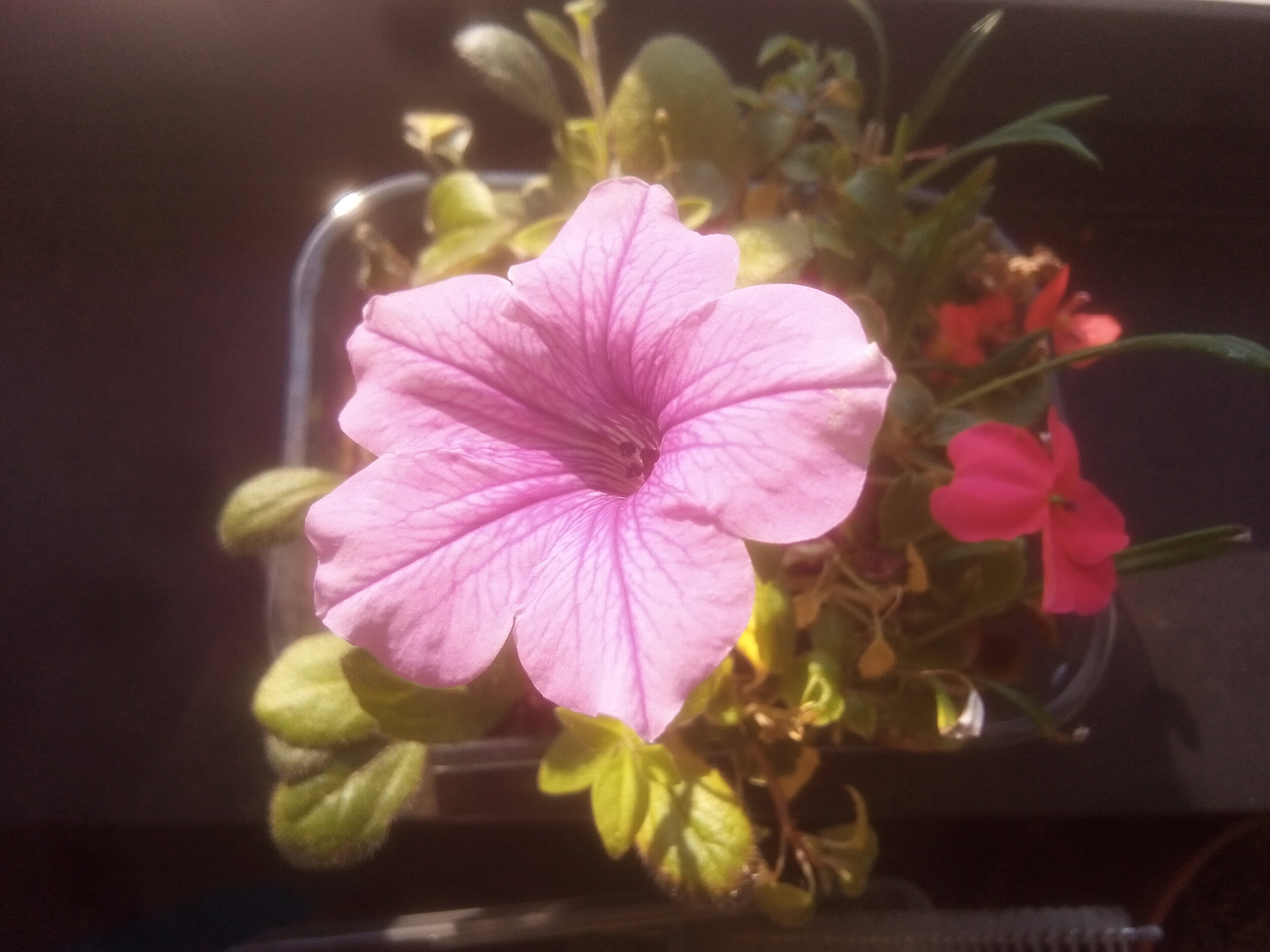
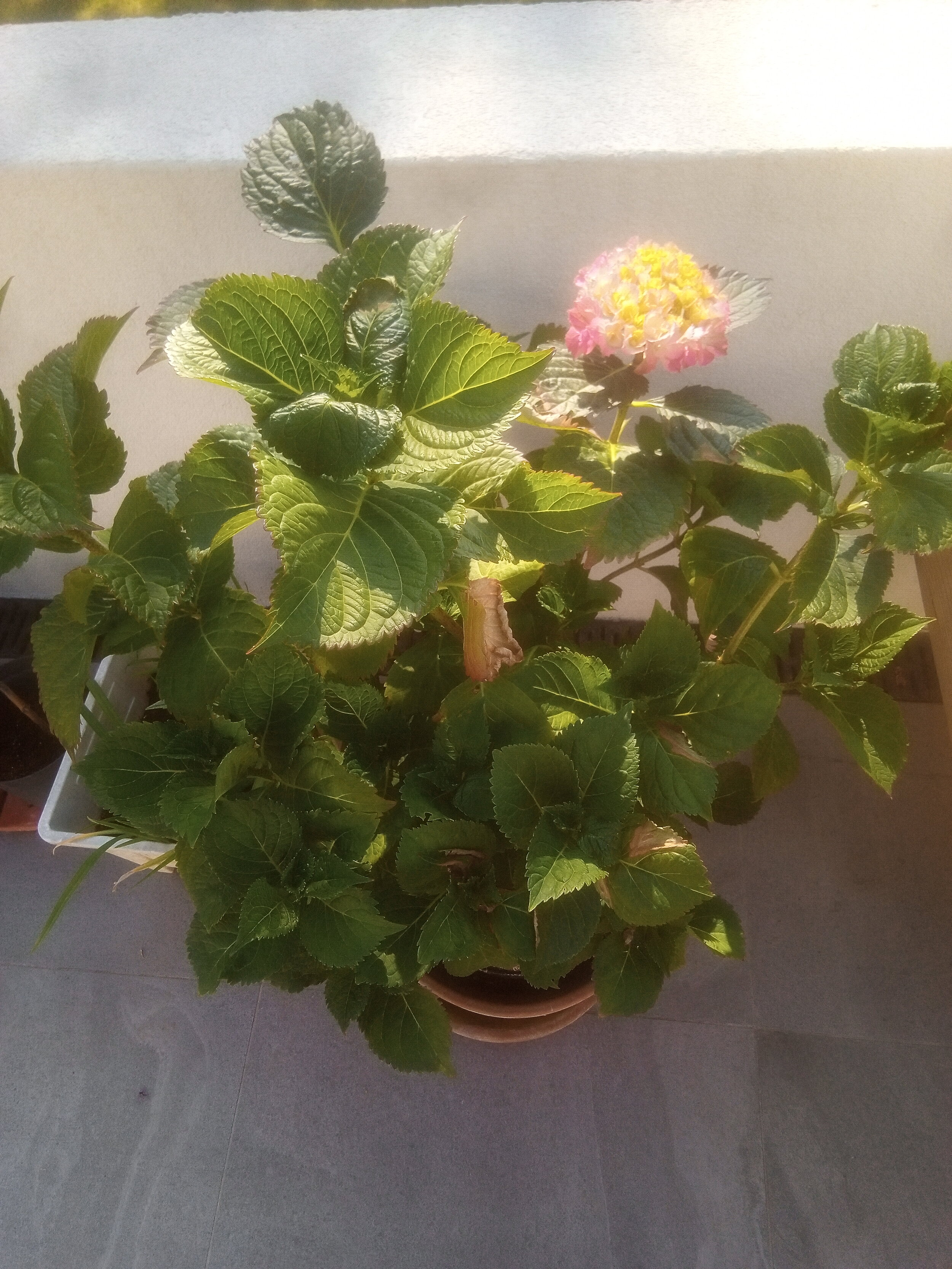
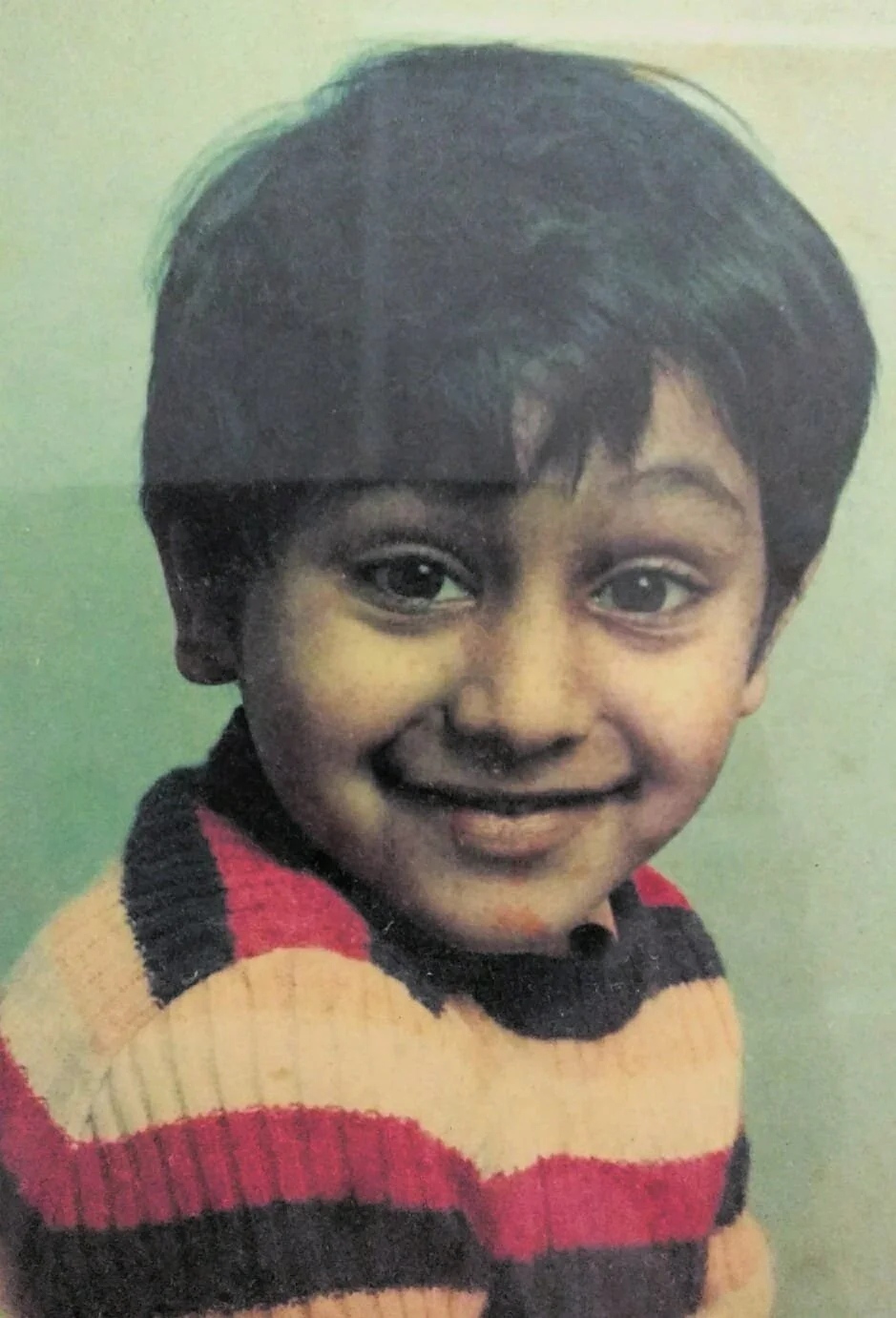


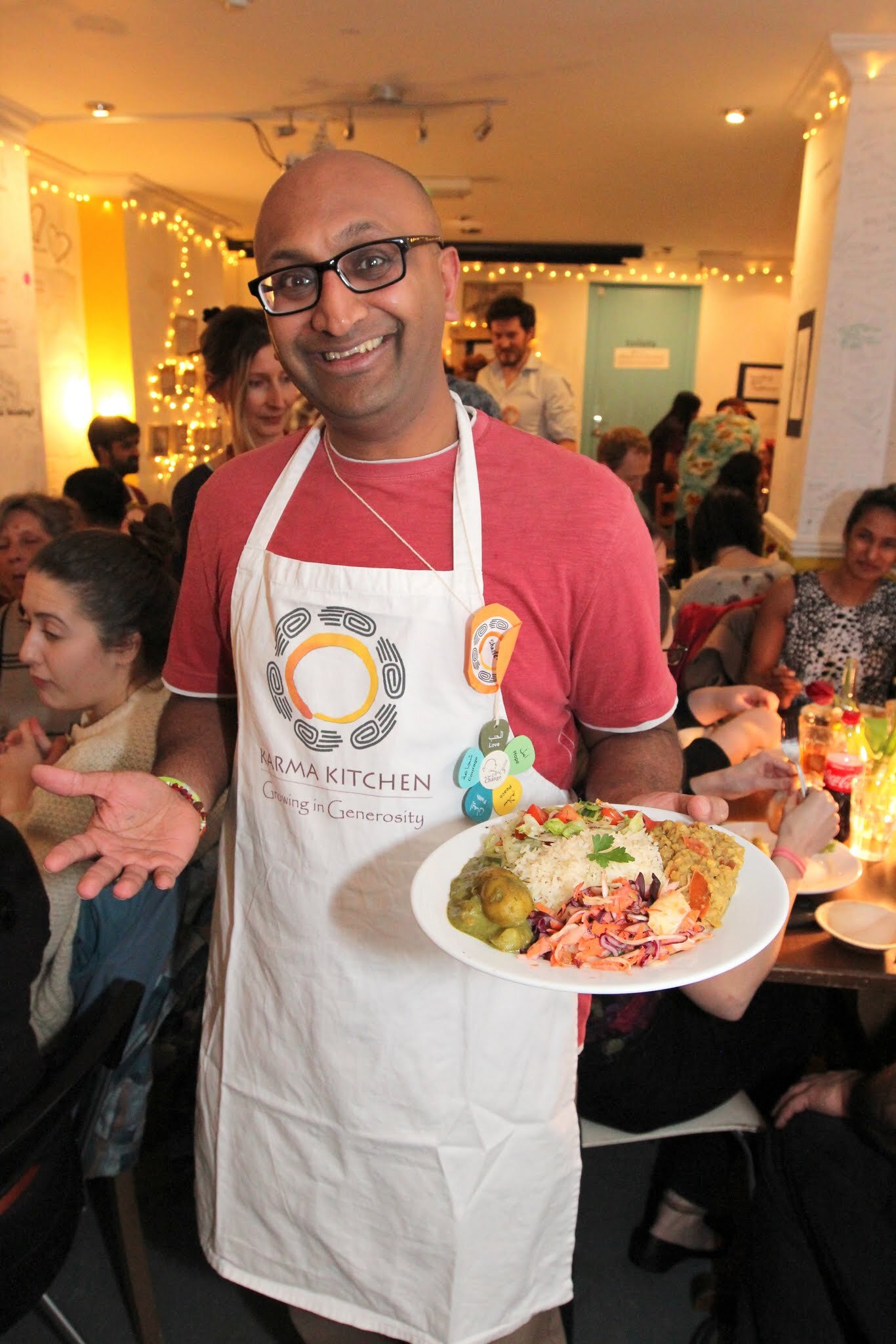
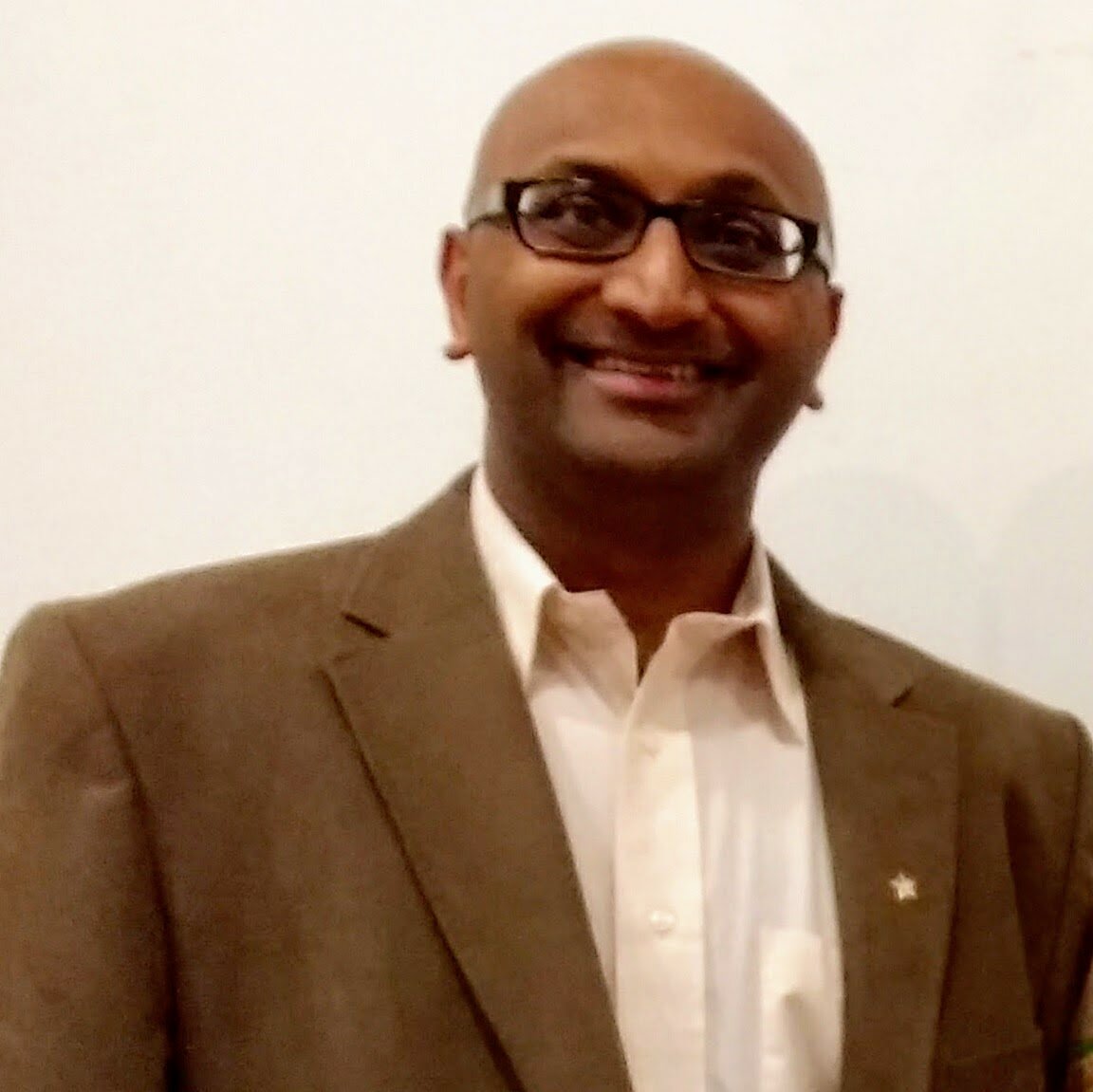
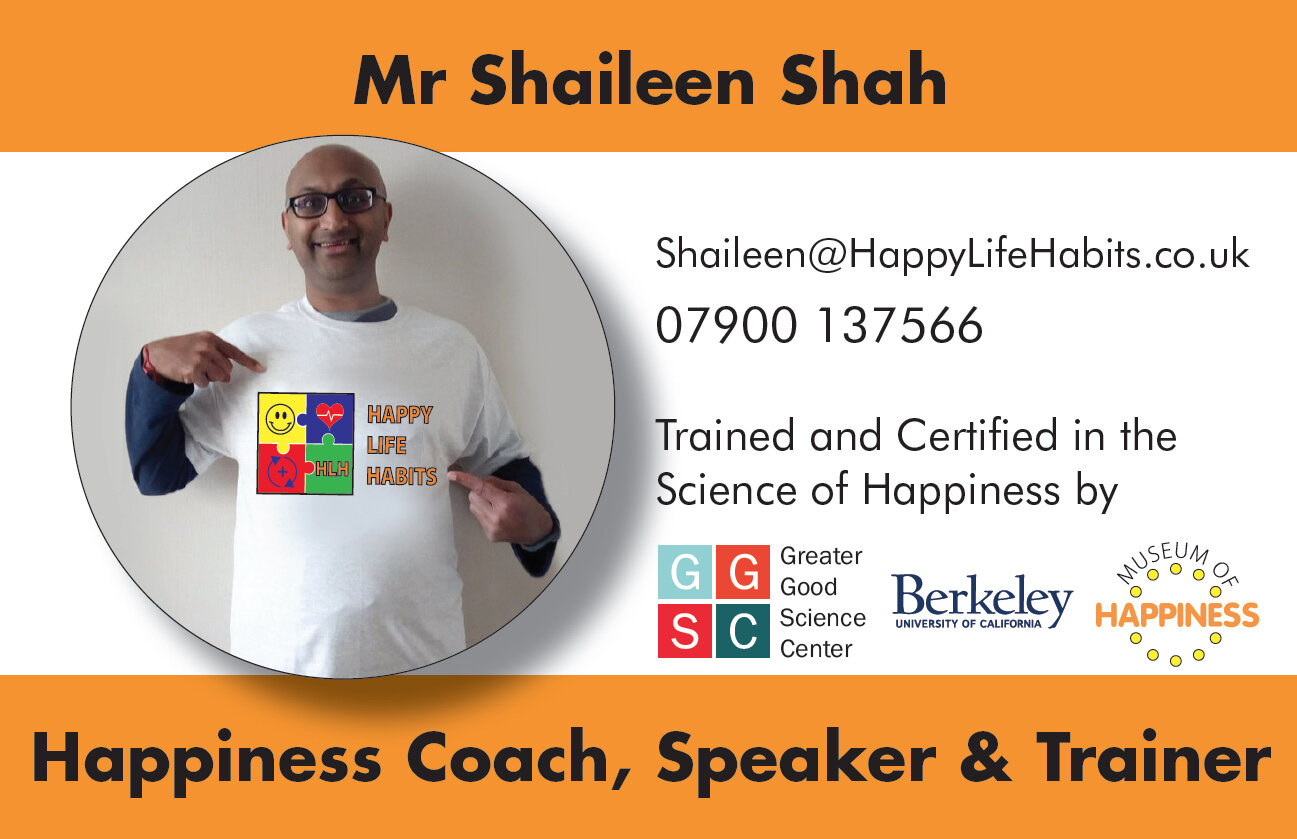
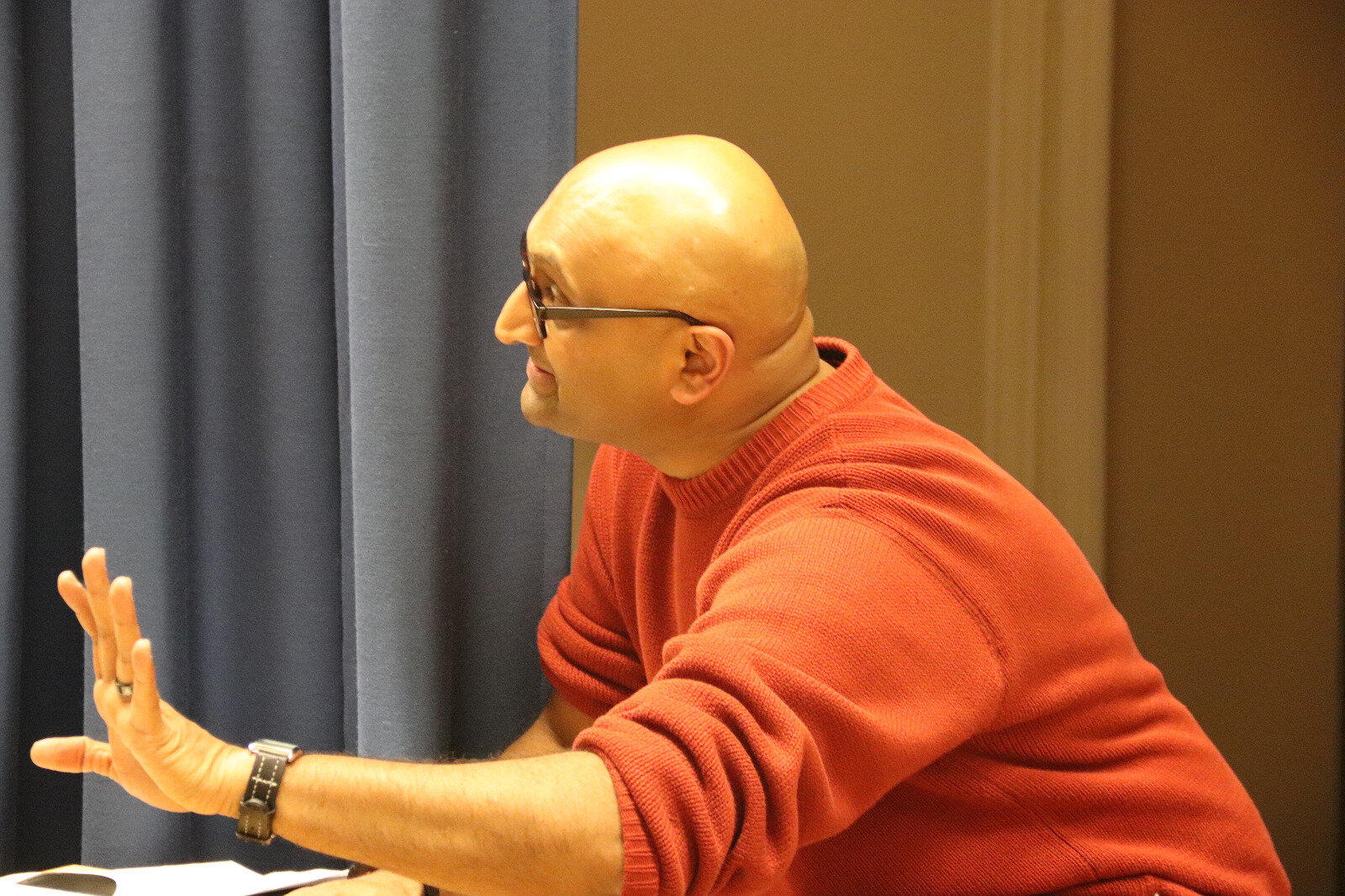
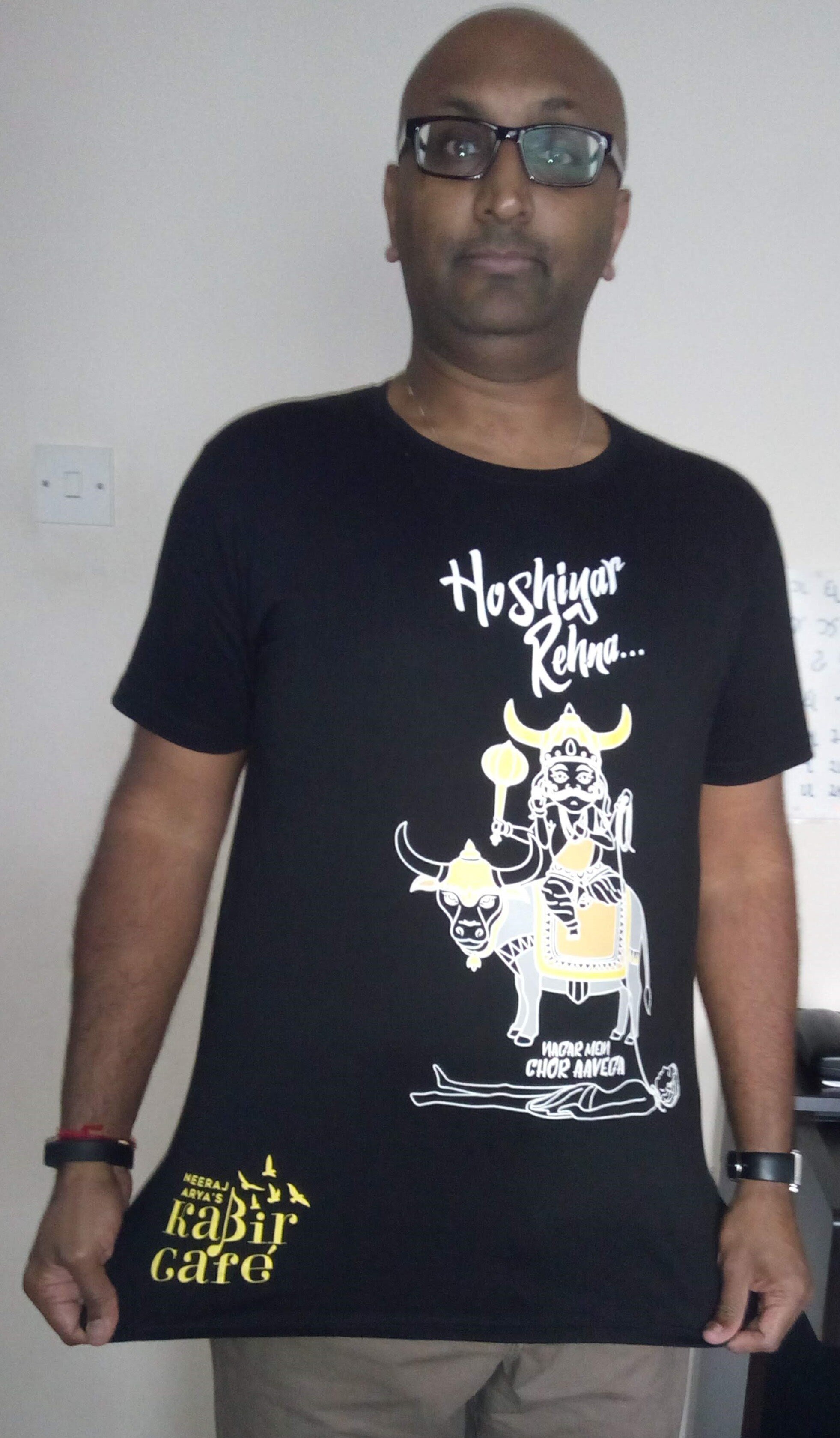



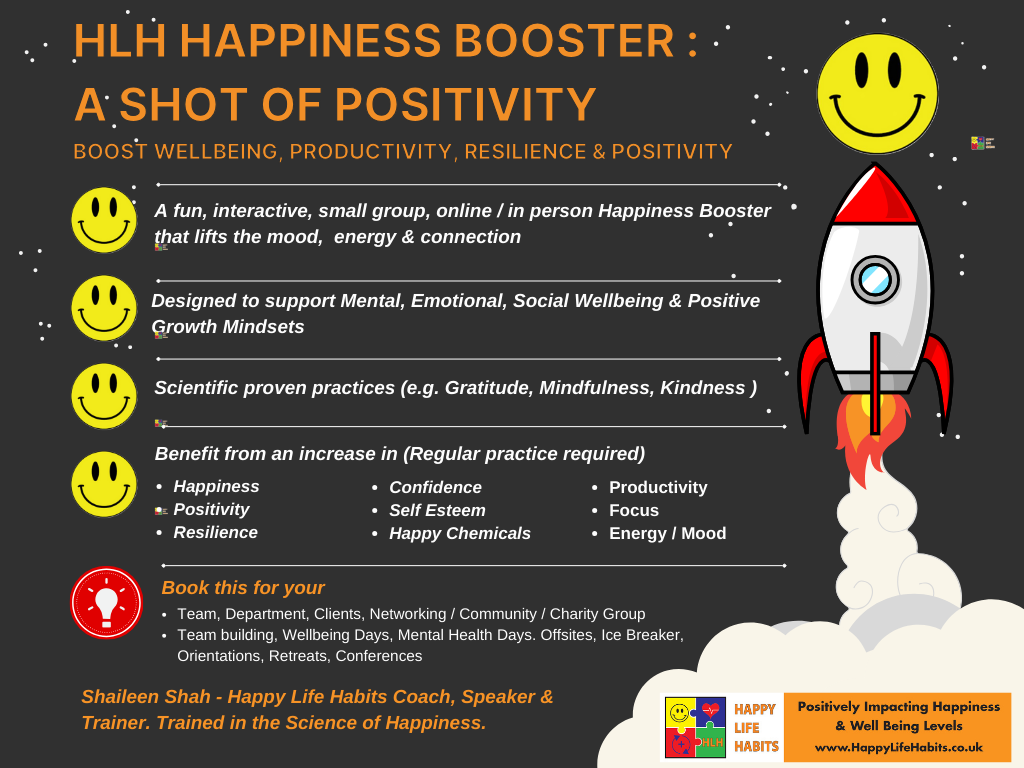






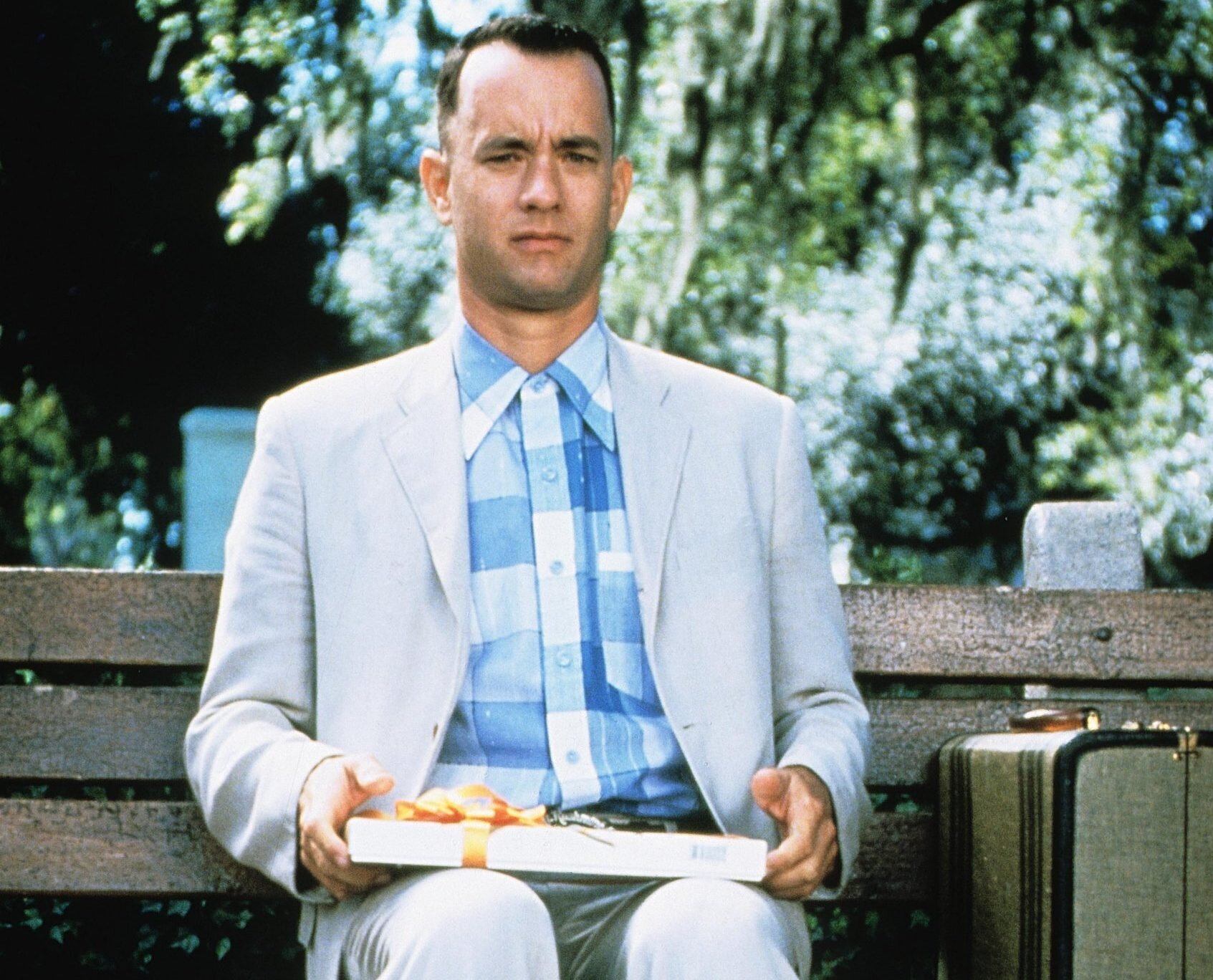
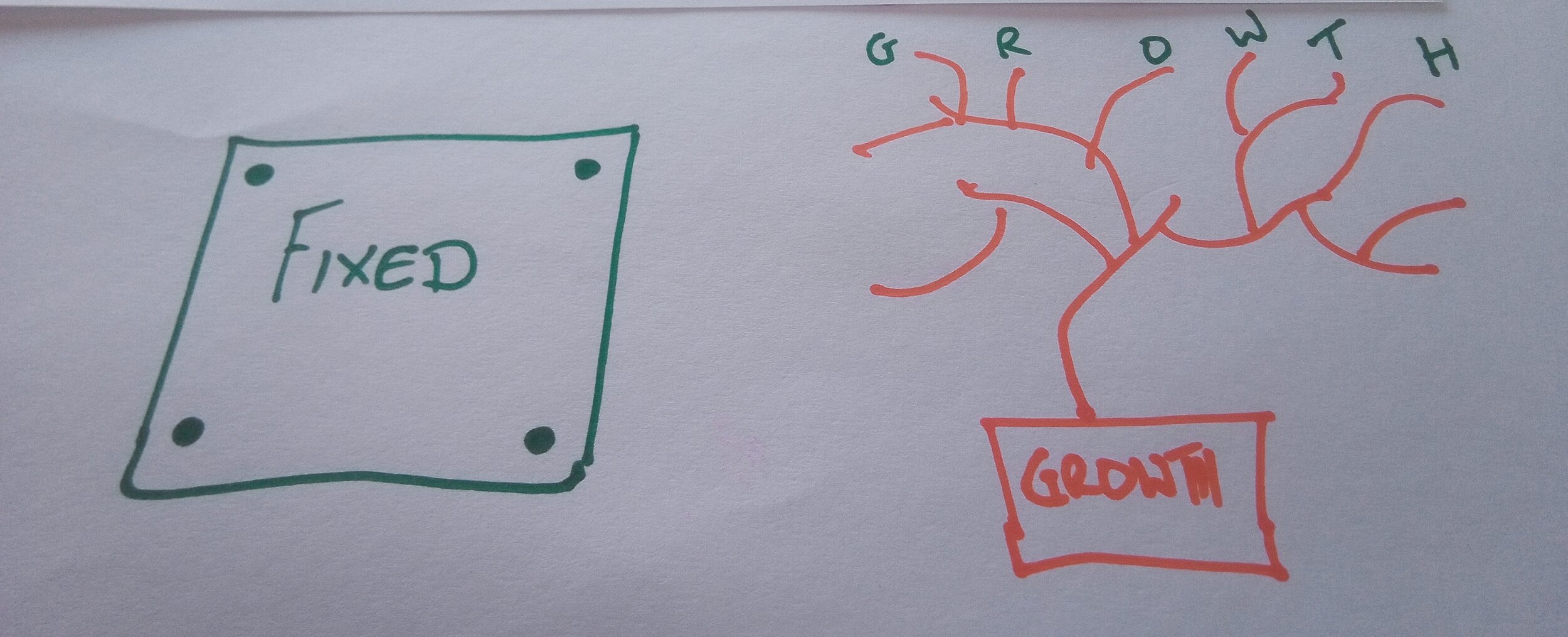

![[SH]IT HAPPENS!](https://images.squarespace-cdn.com/content/v1/5bf7c05589c1727b3aaa05e1/1587829020997-62MPZXRFEYQ0ZXHWE5LJ/Stimulus+and+response.jpg)


